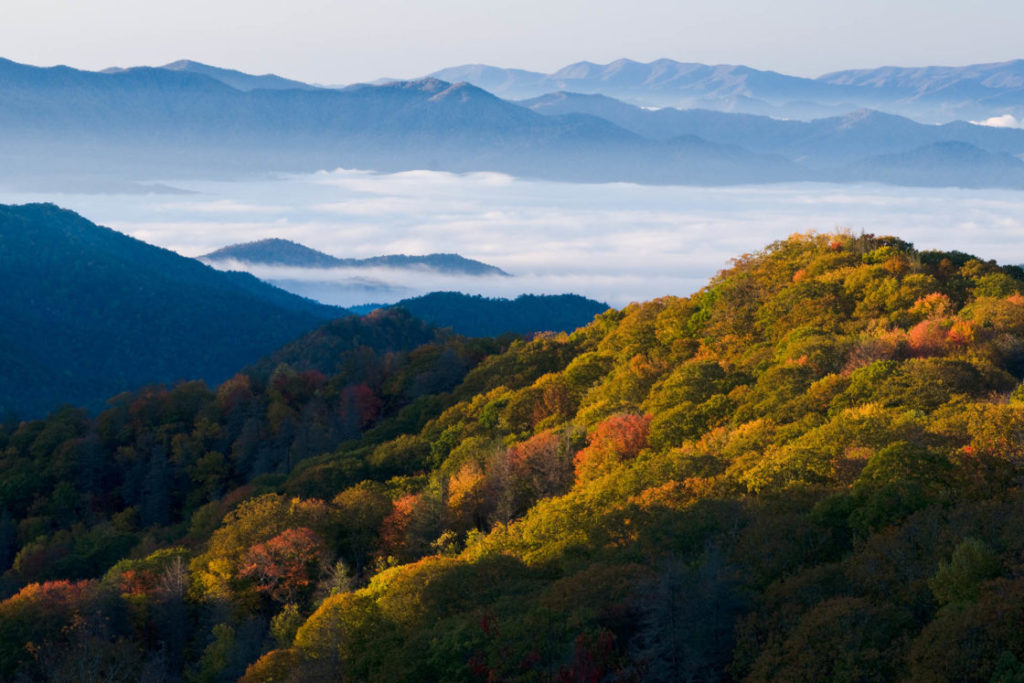WILDFIRE WINDS + SOOT = DANGER
Smoke from burning homes, vehicles and other items, combined with strong winds is a very dangerous combination. Wind enables soot to travel for several miles away from the site of heavy flames. The force of these winds can even push soot directly into your wall cavities, never to be seen, but a health hazard nevertheless, similar to asbestos and mold. Your next step should be to have a professional consult you and see if you qualify for a free on-site soot inspection.
There’s a common saying among the restoration industry as it relates to structure fires,
Fire often causes less damage than the combination of the smoke it created and the water and chemicals used for extinguishing it.
What’s most alarming about this statement is that nowhere does it mention soot. Why? Well for the same reason nobody used to mentioned asbestos. It wasn’t known to be hazardous until all of a sudden people were becoming deathly ill and even dying because of it. Now asbestos is widely discussed by restoration companies and if found is assumed to be a covered loss by insurance companies. Just like asbestos, soot is also being covered by insurance companies for miles surrounding wildfires.
Soot is known to cause cancer and ruin a lot of property but what exactly is it and how do you know if soot has contaminated your home?
WHAT IS SOOT?
Soot as an airborne contaminant in the environment has many different sources, all of which are results of some form of pyrolysis (i.e. fire). Soot is a close friend to smoke and caused when three things come together: the item that is actually burning, oxygen and heat. In essence soot are tiny particles of matter left behind by smoke but are so small you don’t often see them.
A Health Hazard
Cancer is the leading cause of firefighter line-of-duty deaths in the United States, and according to the International Association of Firefighters, about 60 percent of career firefighters will die this way. This is in large part due to soot which travels with smoke and infiltrates everything.
According to the National Cancer Institute, “The fine black or brown powder that makes up soot may contain a number of carcinogens, including arsenic…”
Based on an article written by The Atlantic, “The problem is our stuff. Possessions make our lives cozy and convenient, but when they catch fire, they become noxious fuel. The cancer rates are being driven up, researchers believe, by chemicals that lace the smoke and soot inside burning buildings. Consumer goods are increasingly manufactured using synthetic materials, and fires are more toxic as a result.”
It Ruins Property
All surfaces can sustain damage within just hours of smoke contamination and the soot it leaves behind. Because of how tiny soot is there are many things which are affected by it. If not properly restored the items or structure will likely continue to deteriorate over time.
Items immediately affected:
- All porous surfaces
- Wooden floors
- Interior walls
- Paint
- Clothing
Now that you know soot is a cancer causing health hazard and can ruin almost anything it touches, your next step should be figuring out if your home or business was contaminated by first contacting a professional to see if you qualify for an on-site soot inspection.
Remember, if left alone soot becomes a health hazard similar to asbestos and continues to ruin property. Insurance companies are being forced to repair these issues but won’t just pay without proof or pressure.
Here’s a story about one business who didn’t know they had hidden soot contamination and what they did about it.
Complimentary Home or Business claim consultation
Are you being treated fairly?
If you have experienced a home loss, do not delay and talk to on of our experts. Fill out or call (317) 342-7540 asap

